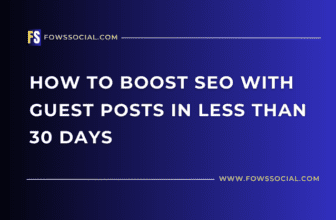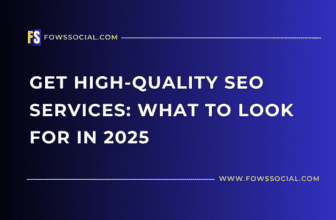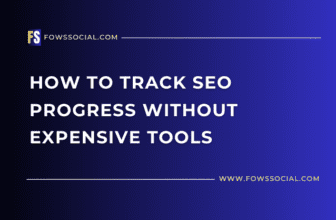How to Create an SEO Content Plan for a New Blog
Having a strong online presence is essential in the digital age for both businesses and individuals. Search engine optimization (SEO) is one of the most effective methods to boost your online visibility. By producing top-notch content that is optimized for search engines, you can improve your website’s ranking on search engine results pages (SERPs) and attract more organic traffic to your site.
Starting a new blog requires developing a solid SEO content plan as a key focus. A carefully planned SEO content strategy can help you draw in more readers, boost your website’s visibility, and expand your online footprint. Below, we will outline a step-by-step tutorial on how to craft an SEO content plan for your new blog.
Determine who your target audience is.
Prior to developing any content for your blog, it is crucial to determine your target audience. Knowing who your audience is will assist you in producing relevant and valuable content for them. Begin by addressing the following questions:
Can you provide information on the demographics of your target audience?
What do they like and prefer?
What issues or difficulties are they encountering?
Where do they spend their time on the internet?
Identifying your target audience allows you to customize your content to align with their specific needs and preferences.
Performing keyword research
Keyword research is an essential part of developing an SEO content strategy. Keywords are the words or phrases individuals use to find information on the internet. By including relevant keywords in your content, you can increase the likelihood of ranking higher in search engine results.
Begin by generating a list of relevant keywords for your blog’s specific topic. Utilize tools such as Google Keyword Planner, SEMrush, or Ahrefs to discover keyword options and evaluate their level of competitiveness. Focus on keywords with a high search volume and minimal competition to enhance your chances of achieving a strong ranking.
Create a plan for generating and managing content.
After you’ve pinpointed your target audience and completed keyword research, it’s time to create a content strategy for your blog. This strategy will detail the subjects you’ll address, the format of your content, and your publishing schedule.
Begin by developing a content calendar that maps out your posting schedule. Decide on the frequency of publishing new blog posts and prepare in advance for future content. Shake things up by diversifying your content types to maintain audience interest, including blog posts, infographics, videos, or podcasts.
Develop top-notch content.
For SEO, remember that quality is more important than quantity. Search engines like Google give preference to content that is well-written, informative, and directly related to the user’s search query. Make sure to create top-notch content that adds value to your audience and caters to their interests and needs.
When creating blog posts, it’s important to integrate relevant keywords seamlessly into the content. Steer clear of keyword stuffing, the excessive repetition of keywords to manipulate search engine rankings. Don’t forget to optimize your meta tags, headings, and image alt text with appropriate keywords too.
Improve Your Website’s SEO Performance
Creating top-notch content is important, but don’t forget to optimize your website for SEO to boost your search engine rankings. Ensure your site is user-friendly, mobile-friendly, and has fast loading speeds for a great user experience.
Improve the on-page components of your website by incorporating relevant keywords in title tags, meta descriptions, and URLs. Utilize descriptive alt text for images and internal linking to connect related content. Creating a sitemap and submitting it to search engines can aid in optimizing website indexing.
Monitor and evaluate your outcomes
Monitoring and analyzing the results of your SEO content plan is crucial for assessing its effectiveness and identifying areas for improvement. Utilize tools like Google Analytics and Google Search Console to track your website’s performance metrics, including traffic, keyword rankings, and user engagement.
Make sure to monitor your website’s key performance indicators (KPIs), like organic traffic, bounce rate, and conversion rate.. Evaluate the performance of your content and the keywords that are bringing the most traffic to your site. Utilize this information to improve your SEO strategy and make any necessary changes.
Keep informed about the latest developments in SEO
Search engine optimization (SEO) is always changing, as search engines continuously update their algorithms and ranking factors. To remain at the forefront, it is essential to keep abreast of the most recent SEO trends and best practices.
Stay updated on the latest SEO developments by following industry blogs, attending webinars, and engaging in online forums. Monitor Google’s algorithm updates and adjust your SEO content plan accordingly to stay competitive and visible online.
In summary, it is crucial to establish an SEO content plan for your new blog in order to enhance your website’s search engine rankings and draw in more organic traffic. By pinpointing your target audience, researching keywords, creating a content strategy, and optimizing your site for SEO, you can position your blog for success online. It is important to monitor and analyze your progress, stay informed on SEO trends, and be ready to make modifications as necessary. With a comprehensive SEO content plan, you can boost your blog’s visibility, connect with your audience, and reach your online objectives.








